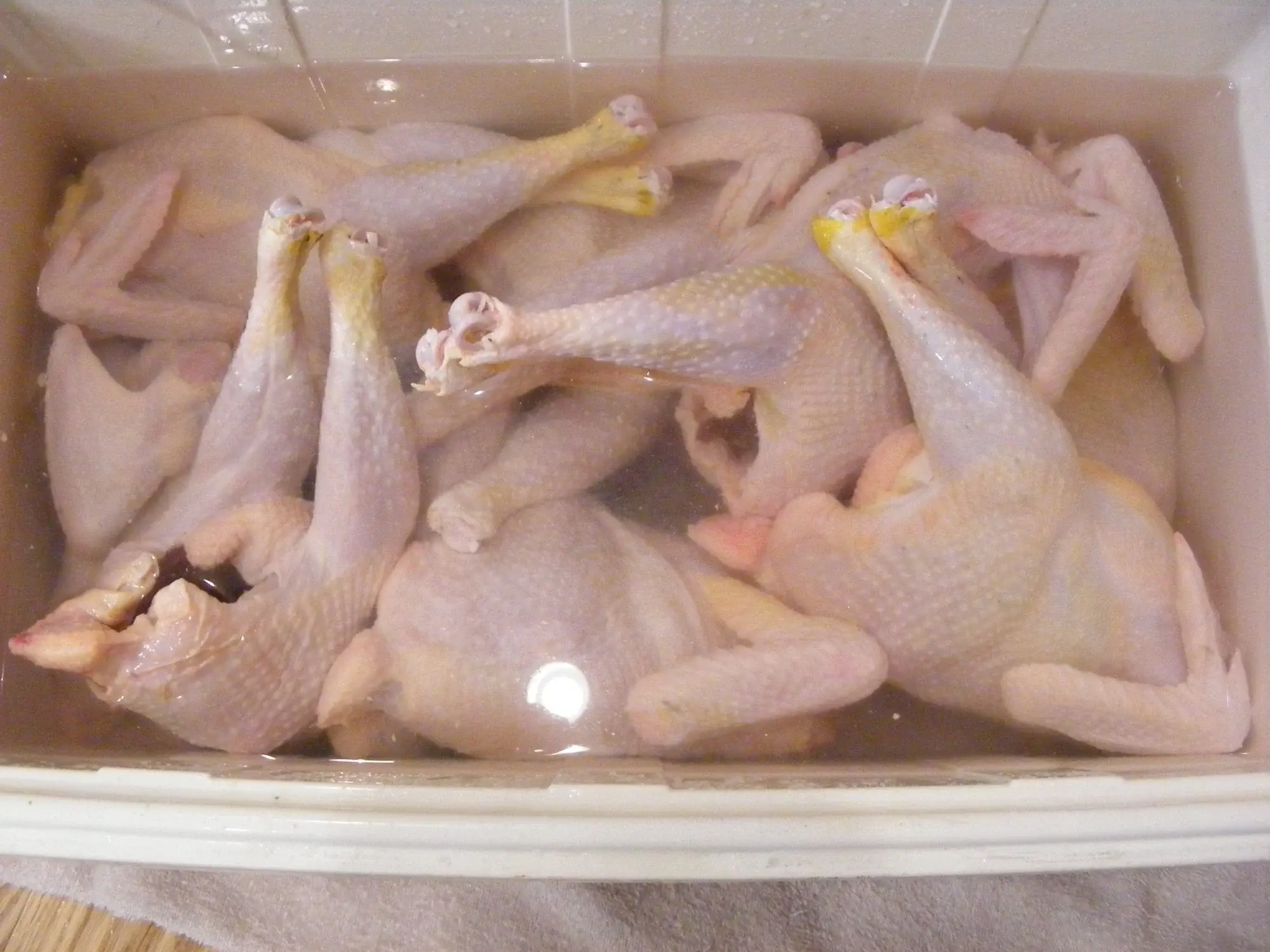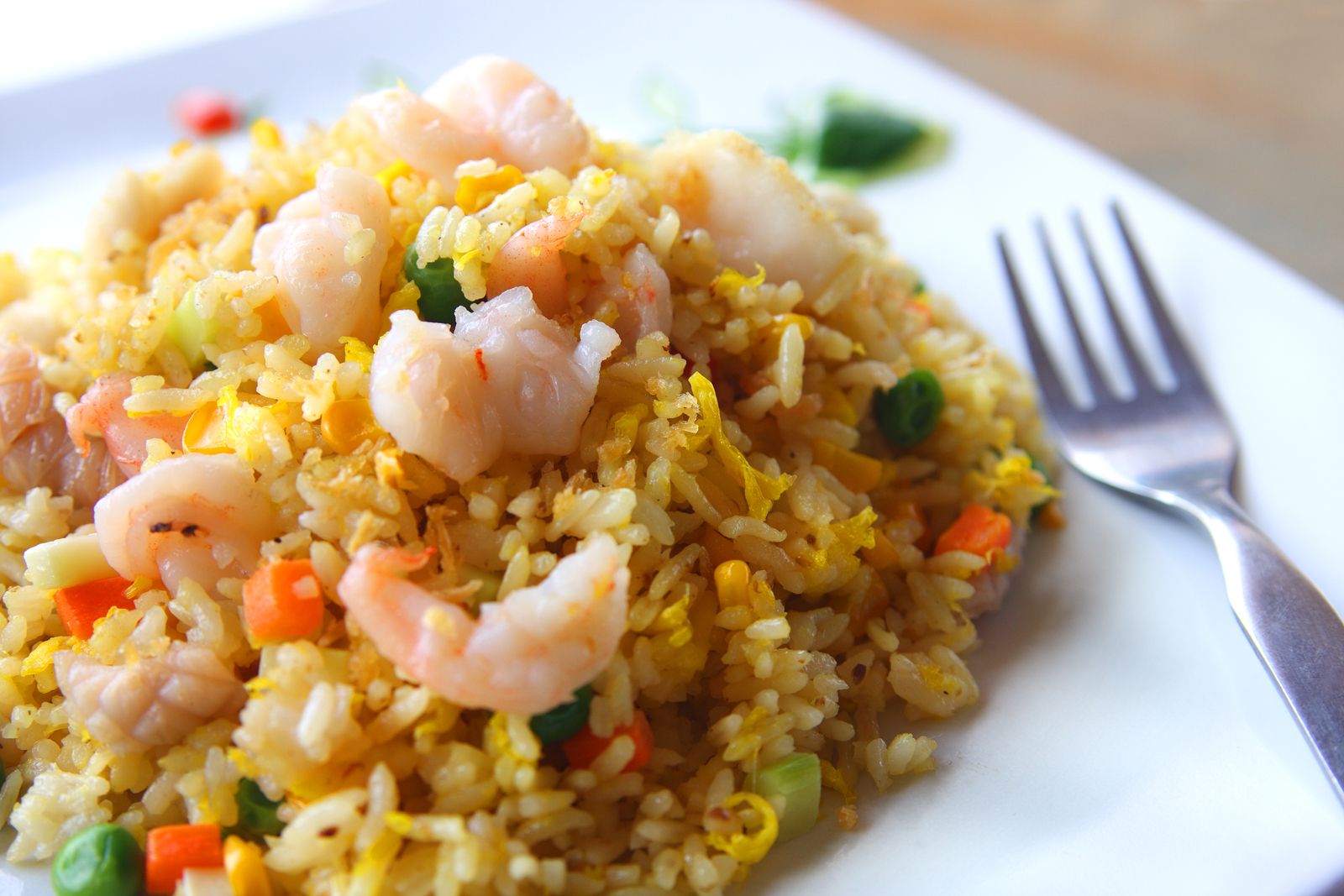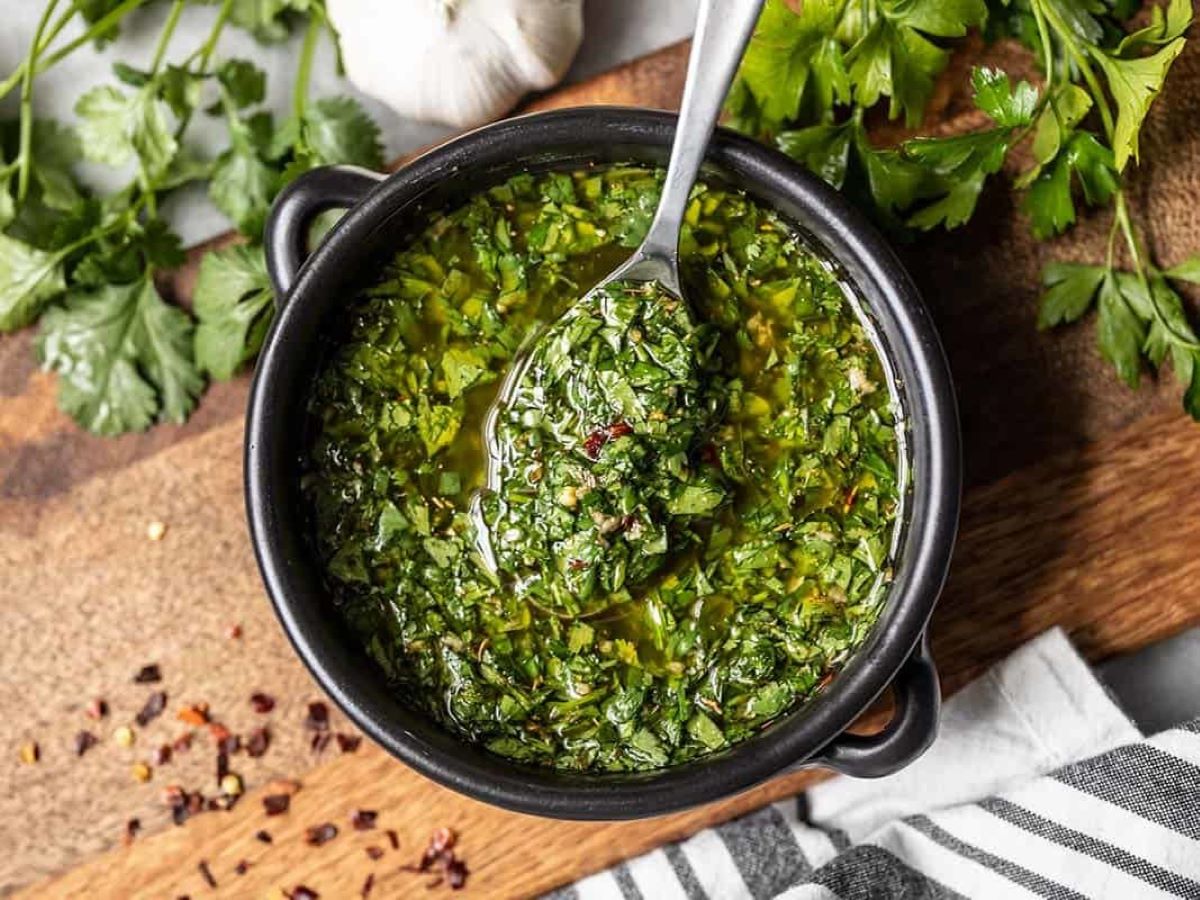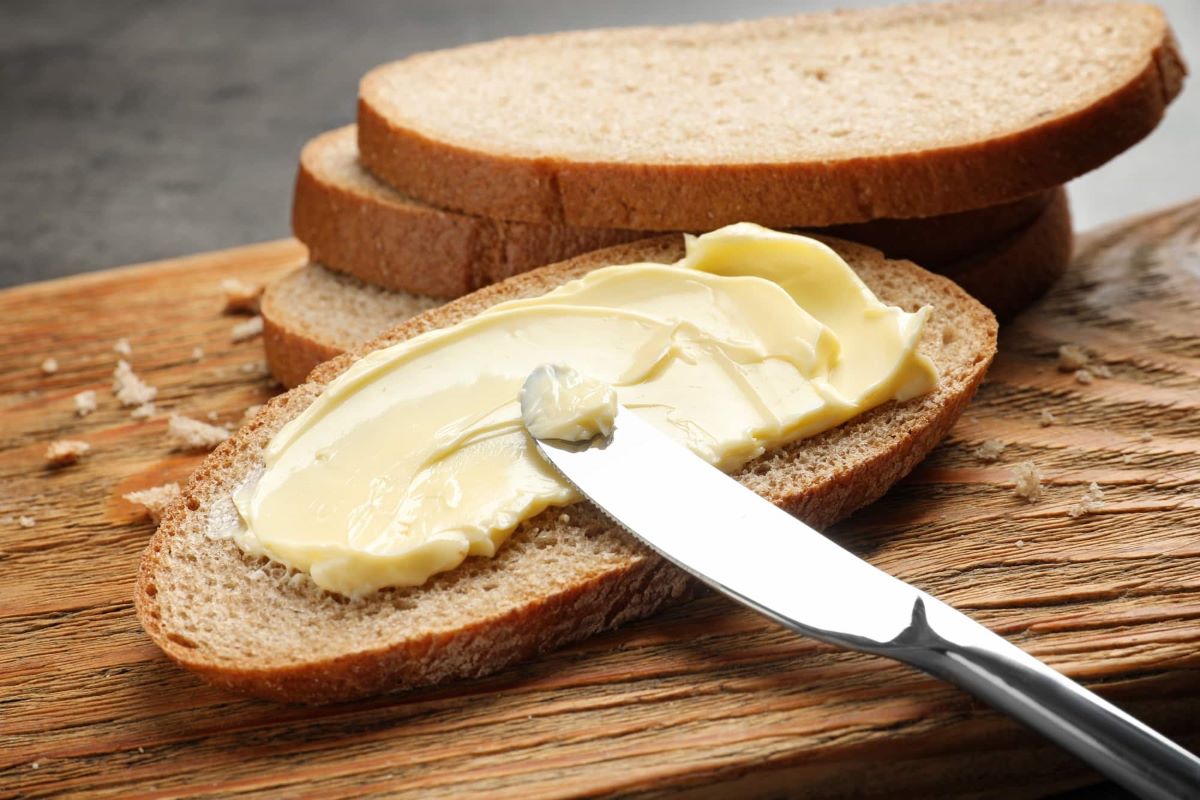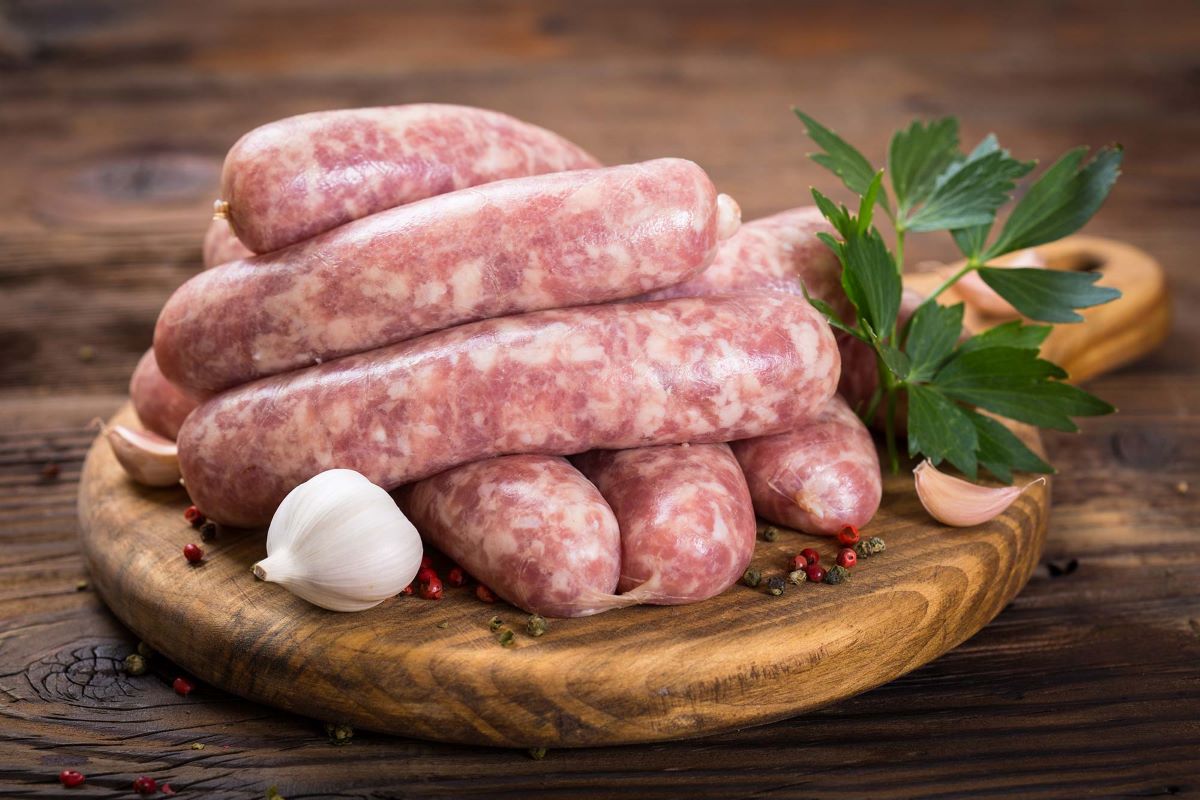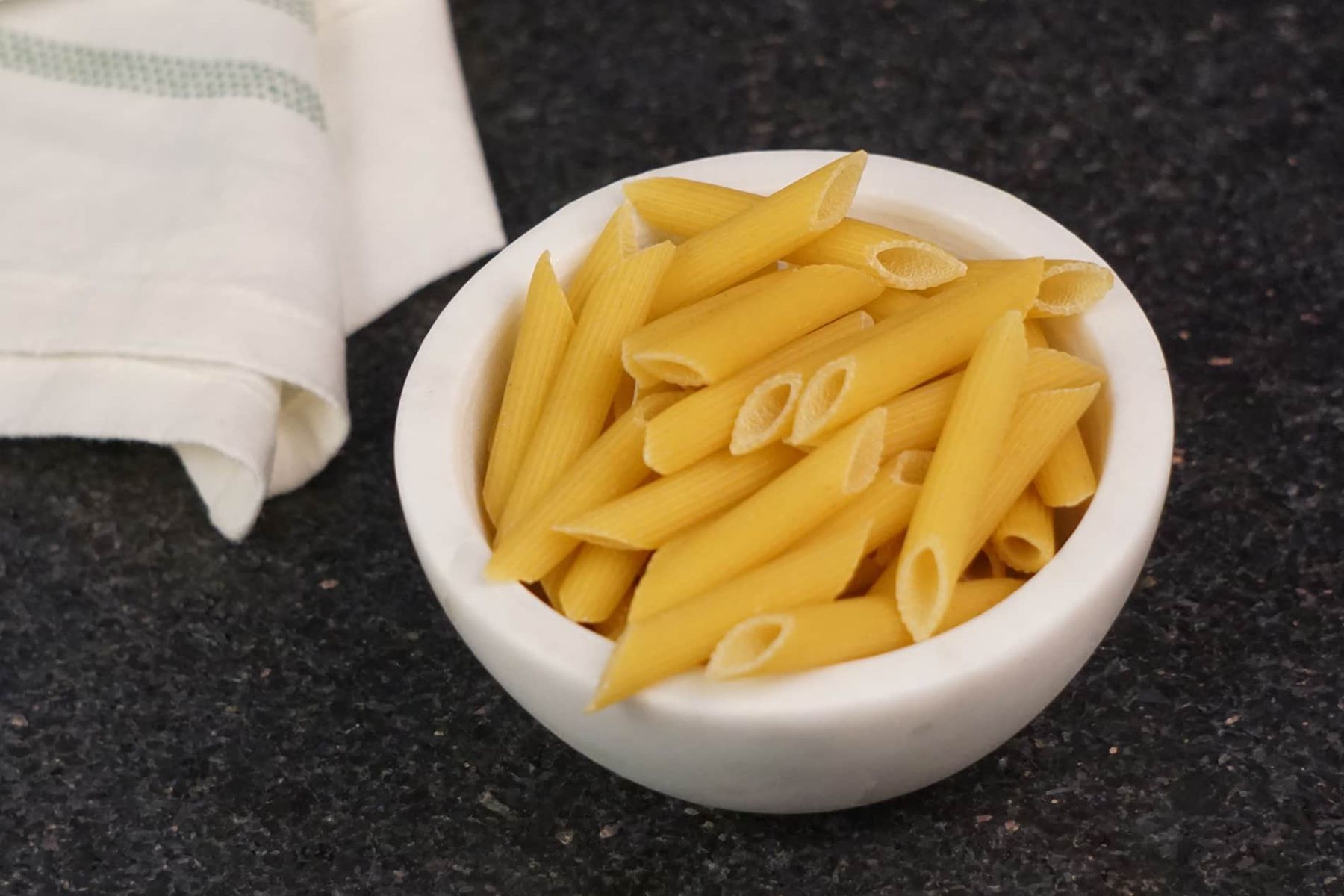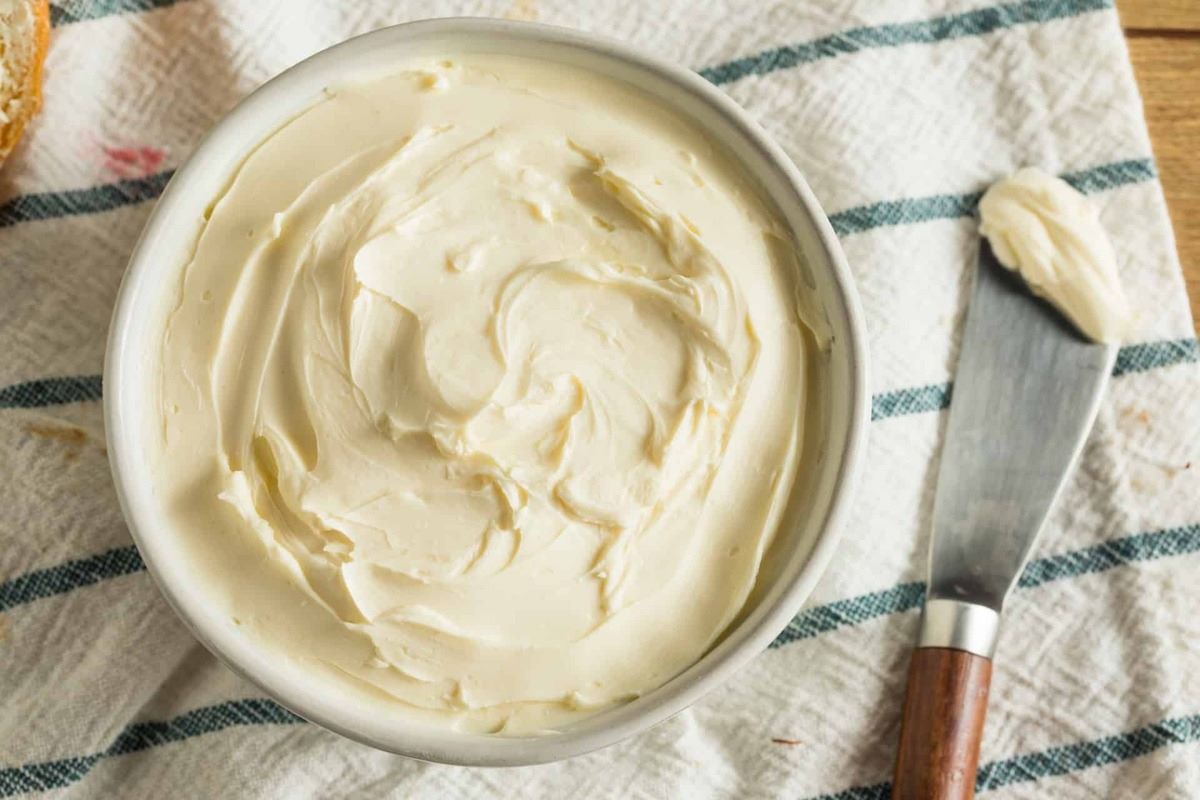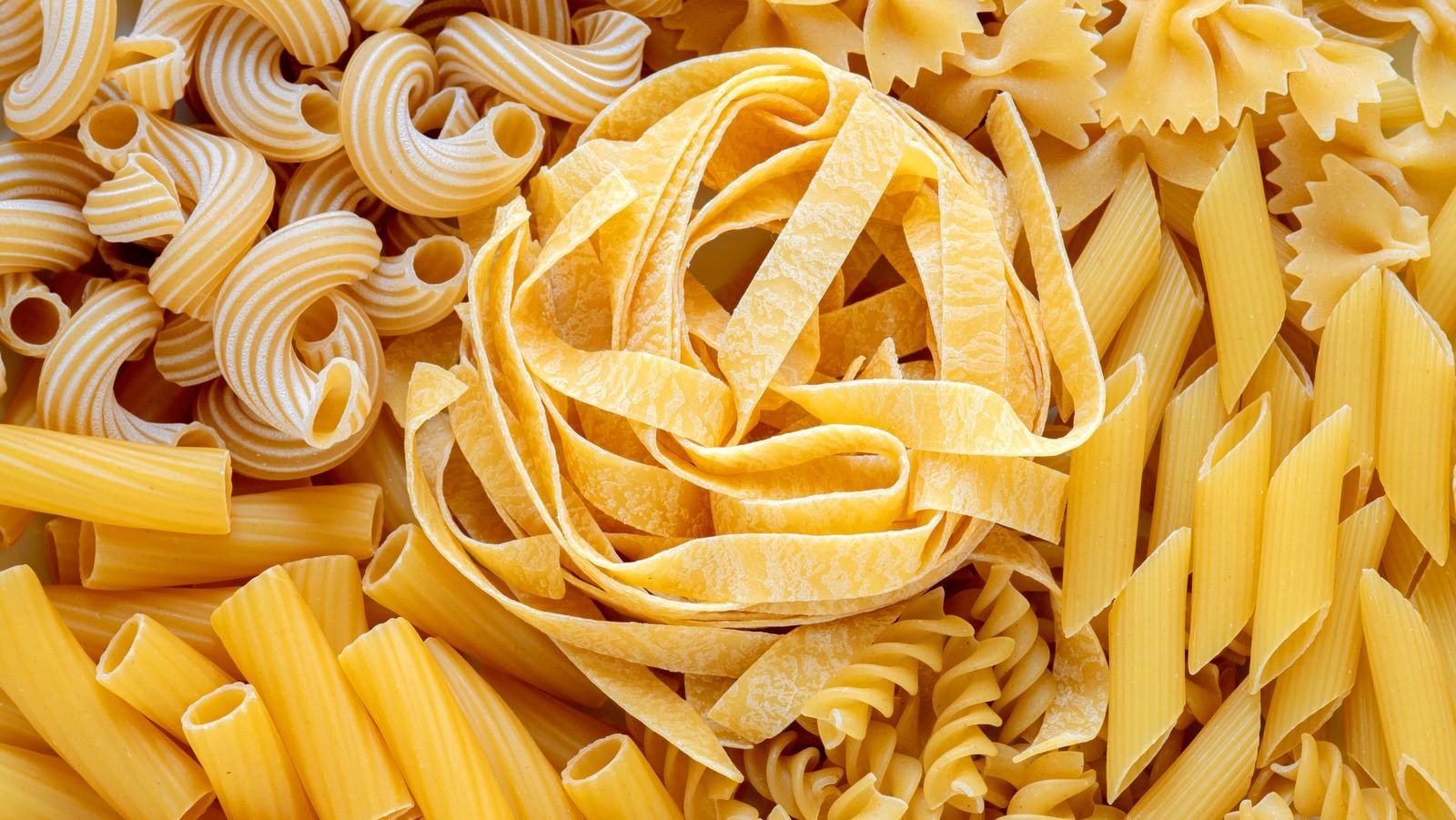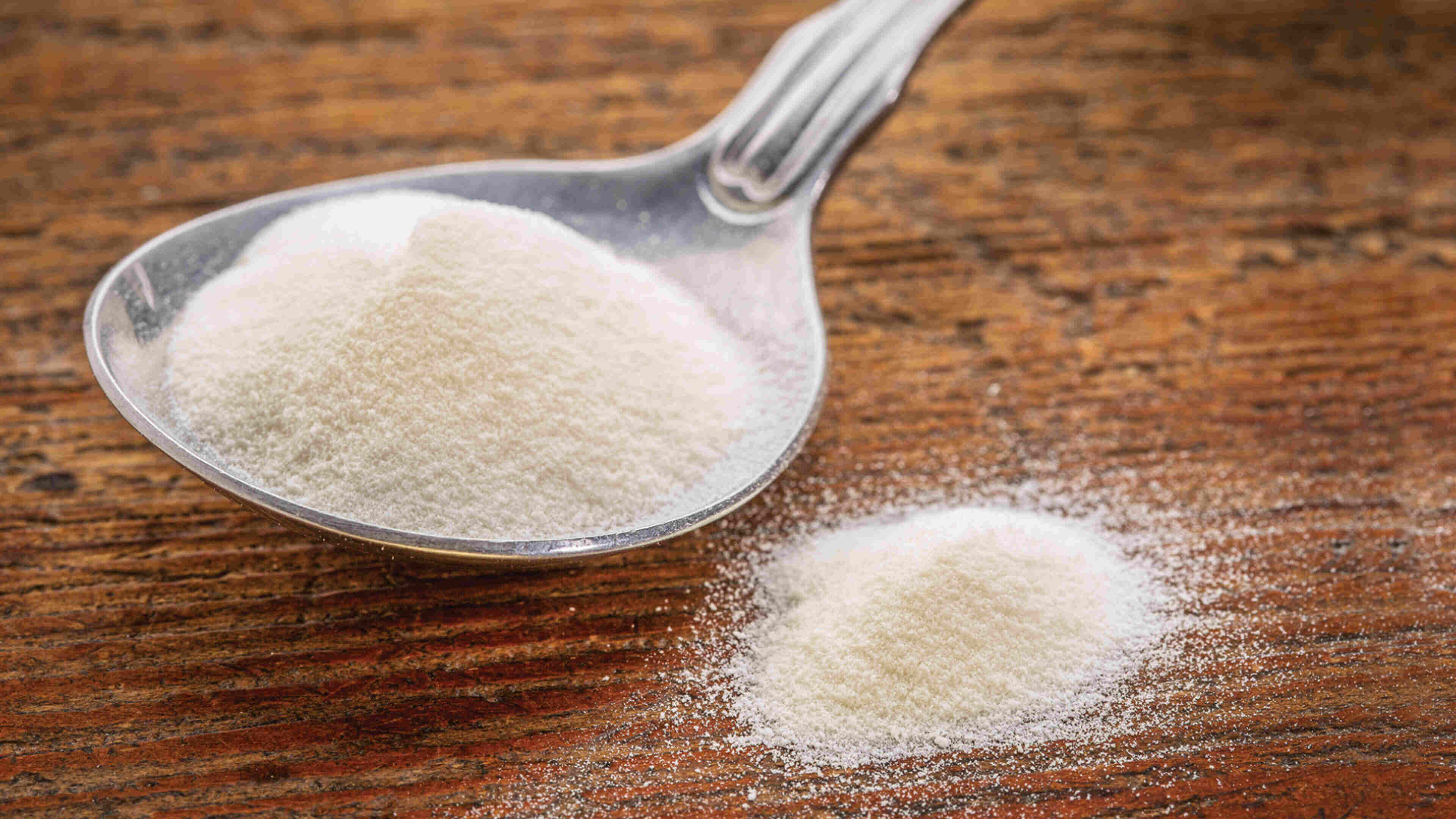Discovering the Delightful Opo Squash
Are you looking to add a new and exciting vegetable to your culinary repertoire? Look no further than the opo squash! This unique and versatile vegetable is a staple in many Asian and Middle Eastern cuisines, and it’s gaining popularity in kitchens around the world. In this article, we’ll explore what opo squash is, its nutritional benefits, how to select and prepare it, and some delicious recipe ideas to inspire your next meal.
What is Opo Squash?
Opo squash, also known as bottle gourd or long squash, is a member of the gourd family and is characterized by its long, slender shape and light green skin. It has a mild, slightly sweet flavor and a tender texture, making it a versatile ingredient in both savory and sweet dishes. Opo squash is commonly used in soups, stews, stir-fries, and curries, and it can also be enjoyed raw in salads or pickled for a crunchy snack.
Nutritional Benefits
Opo squash is not only delicious but also packed with essential nutrients. It is low in calories and rich in dietary fiber, making it a great choice for those looking to maintain a healthy weight and support digestive health. Additionally, opo squash is a good source of vitamins C and K, as well as minerals like potassium and calcium, which are important for overall health and well-being.
Selecting and Preparing Opo Squash
When selecting opo squash, look for ones that are firm and free of blemishes or soft spots. The skin should be smooth and light green in color. To prepare opo squash, simply wash it thoroughly under running water, then trim off the ends and peel away the skin using a vegetable peeler. From there, you can slice, dice, or julienne the squash according to your recipe’s requirements.
Delicious Opo Squash Recipes
Now that you’re familiar with opo squash, it’s time to put it to use in the kitchen! Here are a few delicious and easy recipes to try:
- Opo Squash Stir-Fry: Sauté sliced opo squash with garlic, ginger, and your choice of protein for a quick and flavorful stir-fry.
- Opo Squash Soup: Simmer diced opo squash with broth, onions, and spices for a comforting and nourishing soup.
- Opo Squash Curry: Combine opo squash, coconut milk, and curry spices for a fragrant and satisfying curry dish.
Whether you’re a seasoned chef or just starting out in the kitchen, incorporating opo squash into your meals can add a delightful twist to your culinary creations. Its mild flavor and versatile nature make it a wonderful addition to a wide range of dishes, and its nutritional benefits make it a smart choice for a healthy diet. So, the next time you’re browsing the produce section, be sure to pick up an opo squash and give it a try!
In conclusion, opo squash is a unique and delicious vegetable that deserves a place in your kitchen. From its mild flavor and tender texture to its nutritional benefits and culinary versatility, there are plenty of reasons to embrace this delightful ingredient. So, why not elevate your cooking game and explore the wonderful world of opo squash?
Was this page helpful?
Read Next: What Is Milanese?

